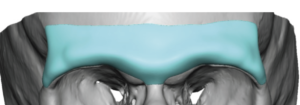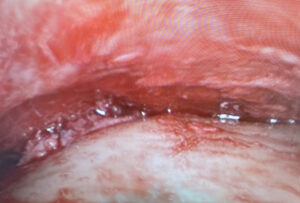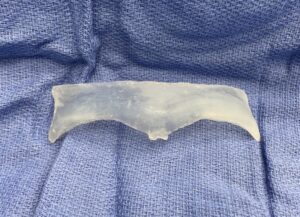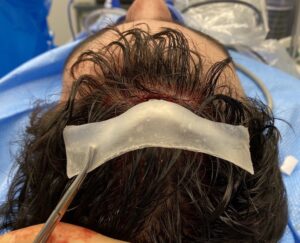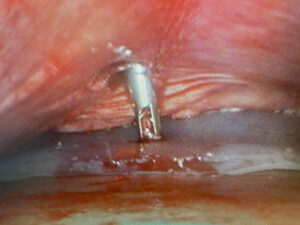Background: Like all facial features the forehead has distinct gender characteristics. The defining topographic features of the male forehead are the distinct inferior brow bones and the slope and width of the forehead. The brow bones can be more precisely identified because of their protrusion and projection above the eyes. Without question the presence of prominent brow bones is a defining male facial feature.
The male brow bone shape is more complex than it initially appears. On cursory assessment the brow bones may appear as a simple horizontal projecting bar of bone across the lower forehead. But their shape is more complex than that as they are really comprised of four distinct bony mounds caused by different types of bony growths. There are paired medial brow mounds which are created by the growth of the underlying frontal sinus cavities. Because of the central bony septum of the frontal sinus there is no midline protrusion which is why there is a central valley between them. They are usually higher than the level of lower edge of the supraorbital rim and are angulated downward at their medial ends. The lateral brow bone is a different type of bony protrusion from that of the medial brow bones which is more uniform in size and with a lower and more horizontal position. Its presence is due to the growth of the frontal bone which is why they are solid rather then an air-filled cavity like the medial brow bone protrusions.
Putting the medial and lateral brow bone projections together creates an ‘eagle wing’ shape. This is important when designing a custom brow bone implant to create a more natural, albeit augmented, shape. But once the implant has been designed then the important question is how to place it properly with minimal incisional tradeoffs.
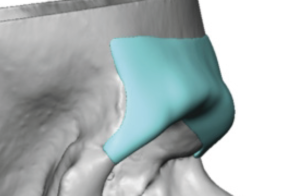
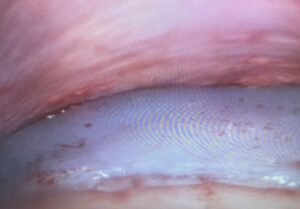
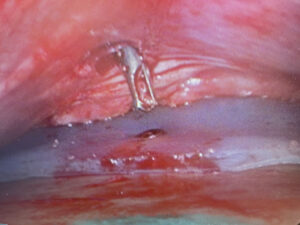

Case Highlights:
1) Brow bone augmentation with or without the rest of the forehead has an upper third male masculinization effect.
2) The design of a male brow bone implant needs to have an ‘eagle wing’ design to properly replicate the natural shape of the male brow bones.
3) A custom brow bone implant can be placed through a single small scalp incision using an endoscopic dissection and fixation technique.
Dr. Barry Eppley
Indianapolis, Indiana




